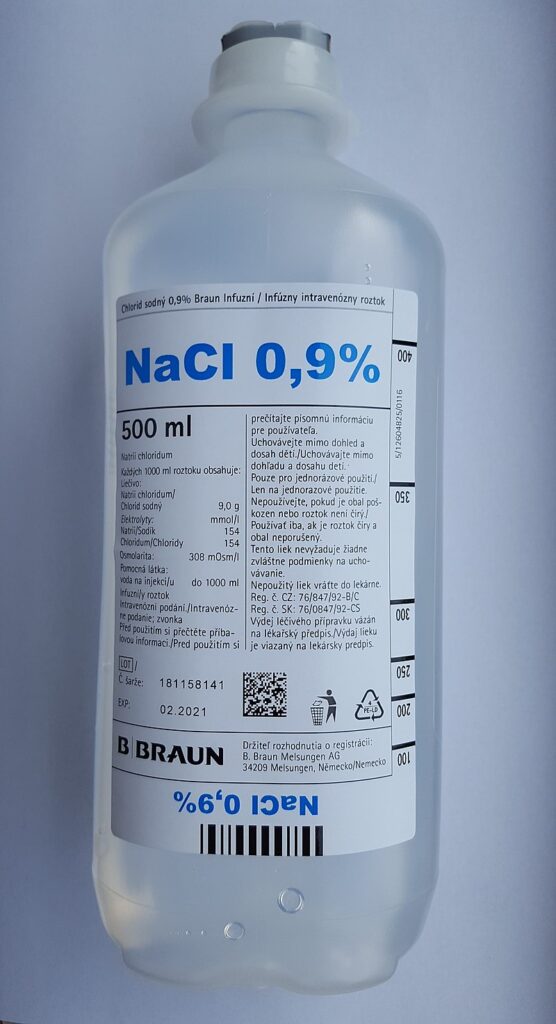Monopoly Medicine

As Dayen once again points out, just maaaaayyyyybe we should finally learn to produce critical medical supplies in multiple facilities around the country so that when something bad happens, we don’t have dangerous shortages.
When I was writing my book Monopolized, I talked to a guy who went viral for a 2017 tweet about how his cancer patient wife had to be given her chemotherapy drugs manually. “My wife’s nurse had to stand for 30 mins & administer a drug slowly through a syringe because there are almost no IV bags in the continental U.S. anymore. See, they were all manufactured in a Puerto Rican factory which still isn’t fixed. Meanwhile that stupid swollen prick golfs.” (We can assume that last bit was referring to Donald Trump.)
It was a visceral response to an emotional moment. And it wasn’t the whole story.
In fact, intravenous saline solution had been on the Food and Drug Administration’s official shortage list for four years before Hurricane Maria slammed into Puerto Rico, knocking out the two Baxter International factories that produced the bags. The reason why was complex, but it came down to this: Over time, we built an insane system for generic, low-margin, vital medications and supplies, and it introduced unnecessary fragility into what should be a perfectly simple supply chain.
Oh well, surely we’ve learned about diversifying our supply chains…
Another hurricane is shouldering the blame. This time, Hurricane Helene tore through the Southeast, flooding Baxter’s North Cove facility in Marion, North Carolina, its largest in the U.S. for the production of IV solutions like saline and dextrose. (The North Carolina plant mostly produces large IV bags; the Puerto Rico plant specialized in “mini-bags.”) Roadway access has become treacherous, and the plant is closed for “cleaning,” which sounds benign until you realize this is a medical facility and its output of sterile IV solution must be absolutely pristine before being injected into sick humans. Baxter said in a securities filing this week that the facility should regain between 90 and 100 percent of capacity for “certain intravenous solution product codes by the end of 2024.”
Health care providers were told Wednesday they would get 60 percent of their normal allocation, up from 40 percent at the beginning of the week. Baxter happens to supply 60 percent of the nation’s health care providers with IV solution, and the company responsible for another 25 percent, B. Braun, inexplicably also has a major factory in the region, in Daytona Beach, Florida. That plant was evacuated on Tuesday in advance of Hurricane Milton, but it was thankfully spared any damage. Production is scheduled to resume Friday, but even a couple days of missed time adds to the shortage.
Airlifts of IV bags from overseas have been approved, as they were after Hurricane Maria. But providers are already scrambling, forced to cancel surgeries and ration care in the absence of this ordinary yet critical supply, used for hydration, nutrition, and as a delivery mechanism for certain drugs and procedures, from at-home dialysis to chemotherapy. Lives are literally at stake from a shortage of IV solution.
I have a crazy idea for you. What if for key medical supplies, we mandated that they be manufactured in at least five different locations around the country–one in the southeast, one in New York or New England, one in the Great Lakes states, one on the Plains, and one in the West? See, that would be actually planning–on multiple levels, not only around public health but industrial planning. But no, that would get in the way of the God of Monopoly and Efficiency. Can’t have that now.


